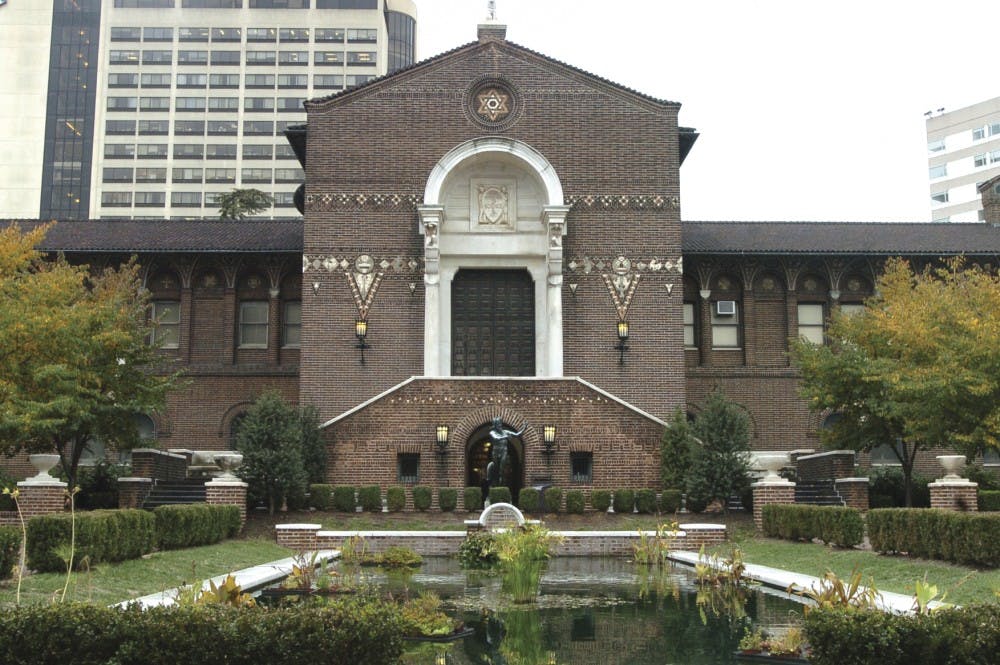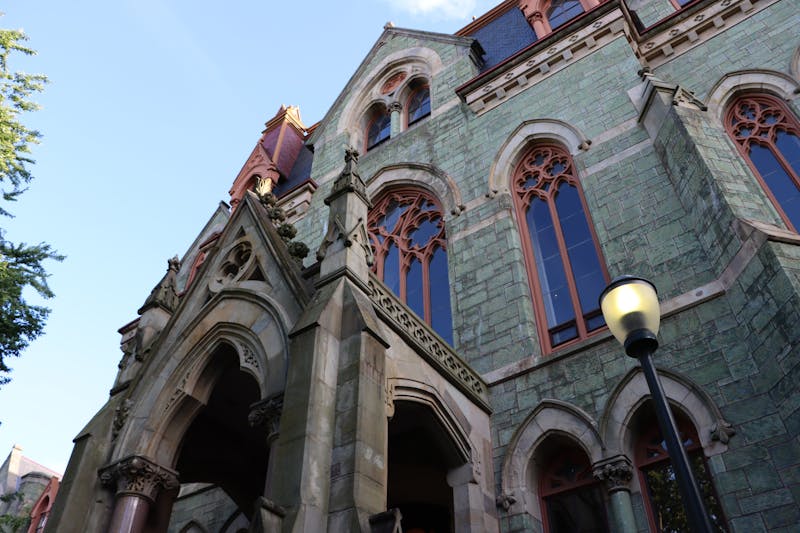
The Digital Penn Museum launched this January, revealing a single portal to access a comprehensive database of the museum’s collections, archival films and lecture videos. The site brings together content that previously existed in scattered locations, while also continuing to add new content from the archives.
“We did such a good job bragging internally about all these wonderful resources of content, and how more people were finding the museum’s website via Google searches because they’d find the content than were just going to our homepage,” said Jim Mathieu, the director of Digital Media at the Penn Museum. “And that was the moment that just spurred our director to say, ‘Well, let’s put it all under one portal.’”
The launch of Digital Penn Museum also honors what Application Developer Michael Condiff describes as “part of the mission of the museum to educate and inform.”
Condiff said he is not concerned that the free access to museum collections will result in a loss of revenue for the museum. If anything, Condiff said, “this is the best free advertising.”
“We think more is better,” Condiff said. “Having pictures of the sphinx on our website isn’t going to discourage people from coming and viewing it. You could make the case that people have discovered a whole lot of things that they might want to come here and research, or they might want to see what’s going on in our Egyptian gallery, and then something might really strike you, and you might want to come here and view it.”
The collections database showcases 877,556 of the estimated 1 million objects the museum stores. The site has 2,000 articles from Expedition Magazine, 45 legacy websites that have been migrated, and over 1,124 archival videos.
Only half of 1 percent of the approximately 1 million objects — 5,000 objects — can be displayed at the museum at a given time. Had researchers previously wanted to access objects the Penn Museum had in storage, they would have needed to submit a special request for a staff member to supervise the visit because the vast majority of the museum’s objects were not on display. Now, researchers can use the database to view the various objects online, sorted by collection.
“It’s so much more efficient for everyone involved because it doesn’t mean that our staff has to babysit people when they’re discovering things,” Mathieu said. “They can actually cater to them when they found what they wanted, which is provided.”
One of the most rewarding aspects of this project, Condiff said, comes from the response to many of the archival films, which include time logs that date back decades.
“When people are just thankful that they can see the place that they live in from 1950 and they don’t have a big frame of reference, I think that’s when I was like, ‘Oh, wow. At that point it is global,” Condiff said. “Somebody from the place that we put up a video on is saying, ‘Hey, this is awesome. Thank you for doing this.’’”
The Daily Pennsylvanian is an independent, student-run newspaper. Please consider making a donation to support the coverage that shapes the University. Your generosity ensures a future of strong journalism at Penn.
Donate






